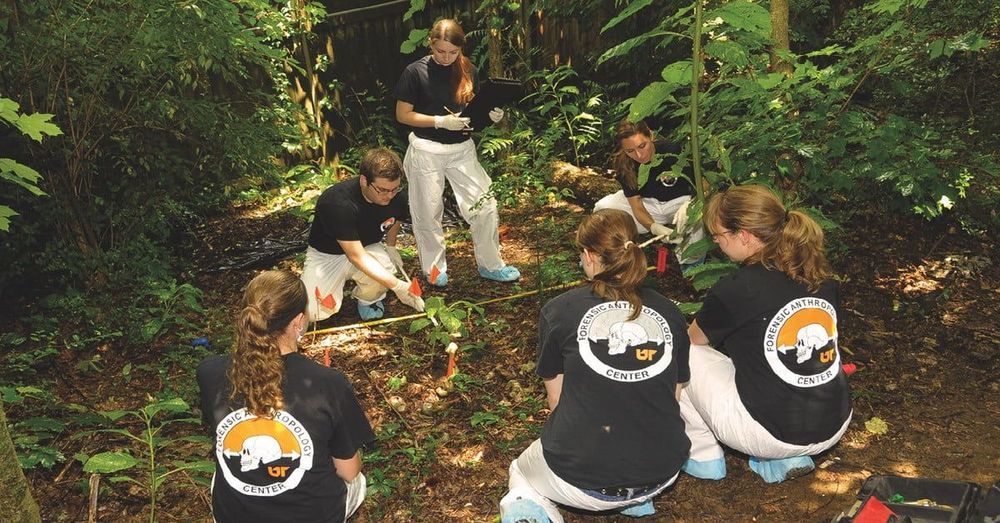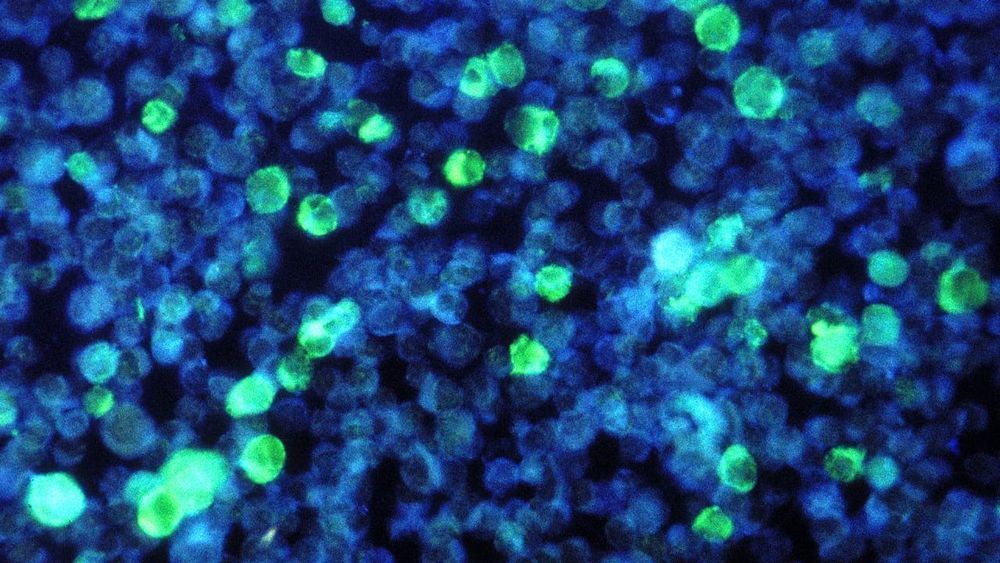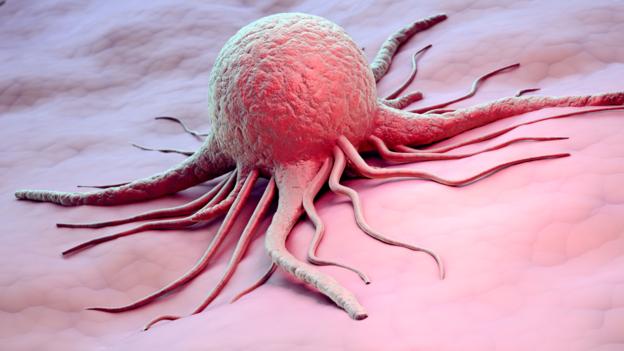Apr 17, 2019
Facing up to injustice in genome science
Posted by Derick Lee in categories: biotech/medical, health, science
There have been a number of efforts to increase genome diversity. In 2010, the US National Institutes of Health (NIH) and the Wellcome Trust in London launched the Human Heredity and Health in Africa (H3Africa) initiative, which supports Africa-led genome research. And last year, the NIH started enrolment for the All of Us research programme, which plans to collect DNA and health data from hundreds of thousands of people of varying ethnicities in the United States.
Researchers from under-represented groups are making genomics more inclusive by working with communities that have been overlooked or abused.
















